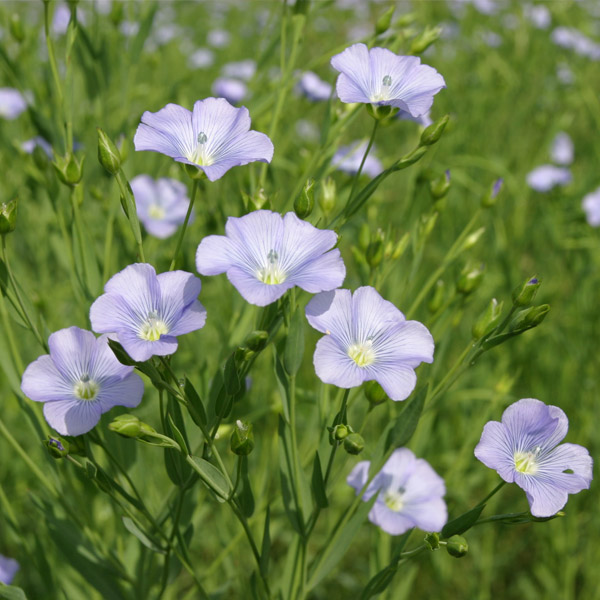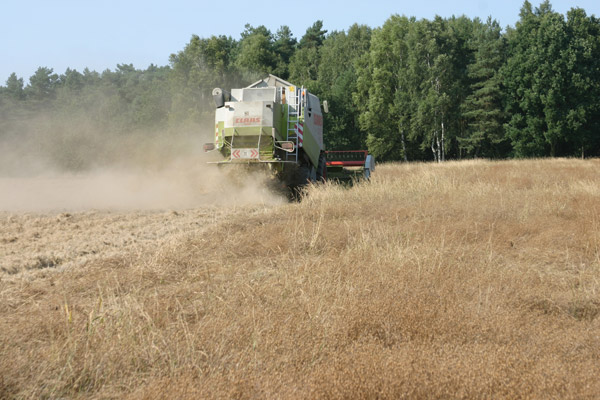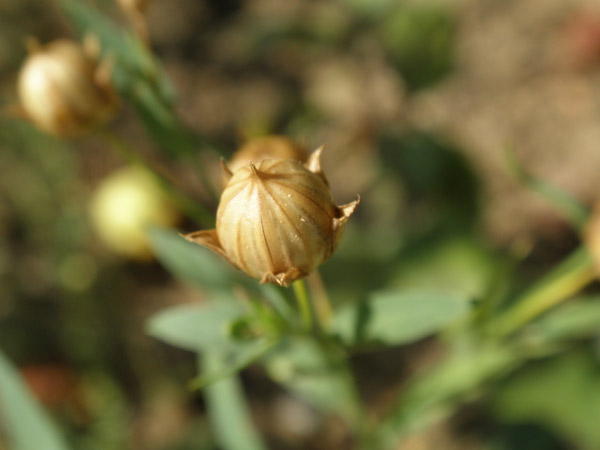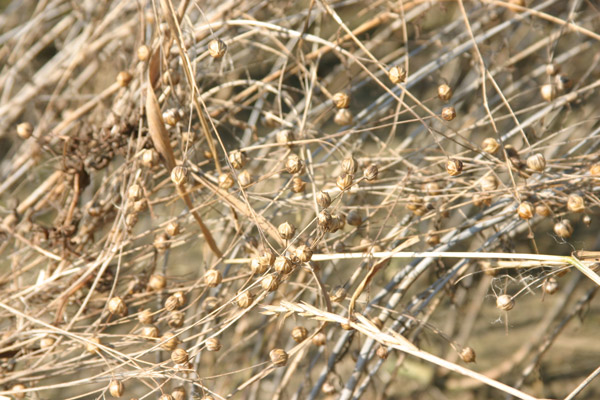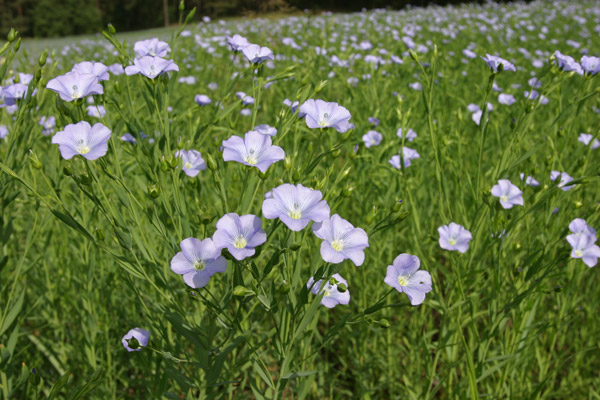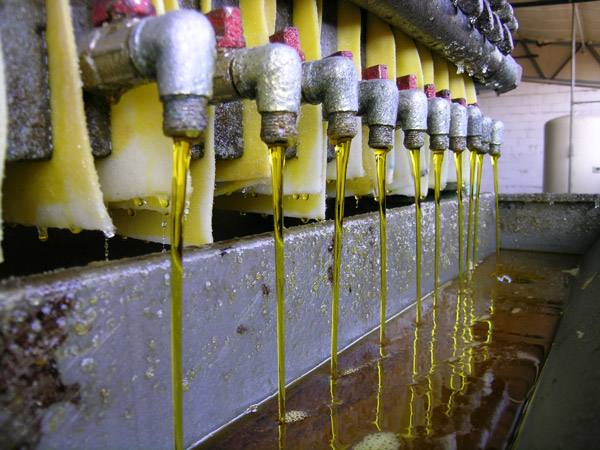Linseed oil in LIVOS paints: How is it grown and what is so special about it?
Flax: Crop with a long tradition
Flax is one of the oldest cultivated plants in the world and was used already 6000 B.C. The linseed oil is extracted from the seeds of the plant. In order to receive the precious oil, the small brown seeds are pressed cold or hot.
For many centuries until now, the oil has been used as a binder in oil paints. Nowadays paint manufacturers preferably cook it and then enrich it with color pigments. The contained polyunsaturated fatty acids (linolenic acids) are the reason why the oil is well suited for paint production. Light, oxygen and room climate cause the components to harden and to form a continuous layer of paint. But the oil does not only serve as a binder but is also used for the impregnation of wood. And due to its high content of unsaturated omega-3 fatty acids, the linseed oil can also be used in the kitchen, for example, as a salad dressing.
Linseed oil: cultivation and production
When cultivating, farmers distinguish between linseed and fiber flax. (The latter serves as a raw material for fiber production.) The plants make little demands on the soil, but they need a lot of water to grow. They are sown in late March or early April. 110 to 120 days after sowing, the linseed can be harvested.
LIVOS produces its own oil using a traditional linseed oil press. During the pressing of the plants, waste products are produced - the so called "press cake" or "linseed flakes". These press residues are primarily used in the feed industry. This way the residues have a purpose and we protect our environment.
Danger of auto-ignition of linseed oil when used improperly
Due to a high degree of atomization, linseed oil may ignite itself already at room temperature. Especially in painting companies and carpentries an improper use of the oil represents a huge risk. Users should note the following points:
- Rags soaked with oil should be hang up outside for drying and airing.
- Alternatively keep the cloth in an airtight glass jar.
- Use a special linseed oil soap for cleaning brushes and rollers.
For information about ingredients, have a look at our website. Do you have any further questions? We are happy to inform you in detail about the composition and the ingredients of our products. Our service team is looking forward to your mail or phone call.


